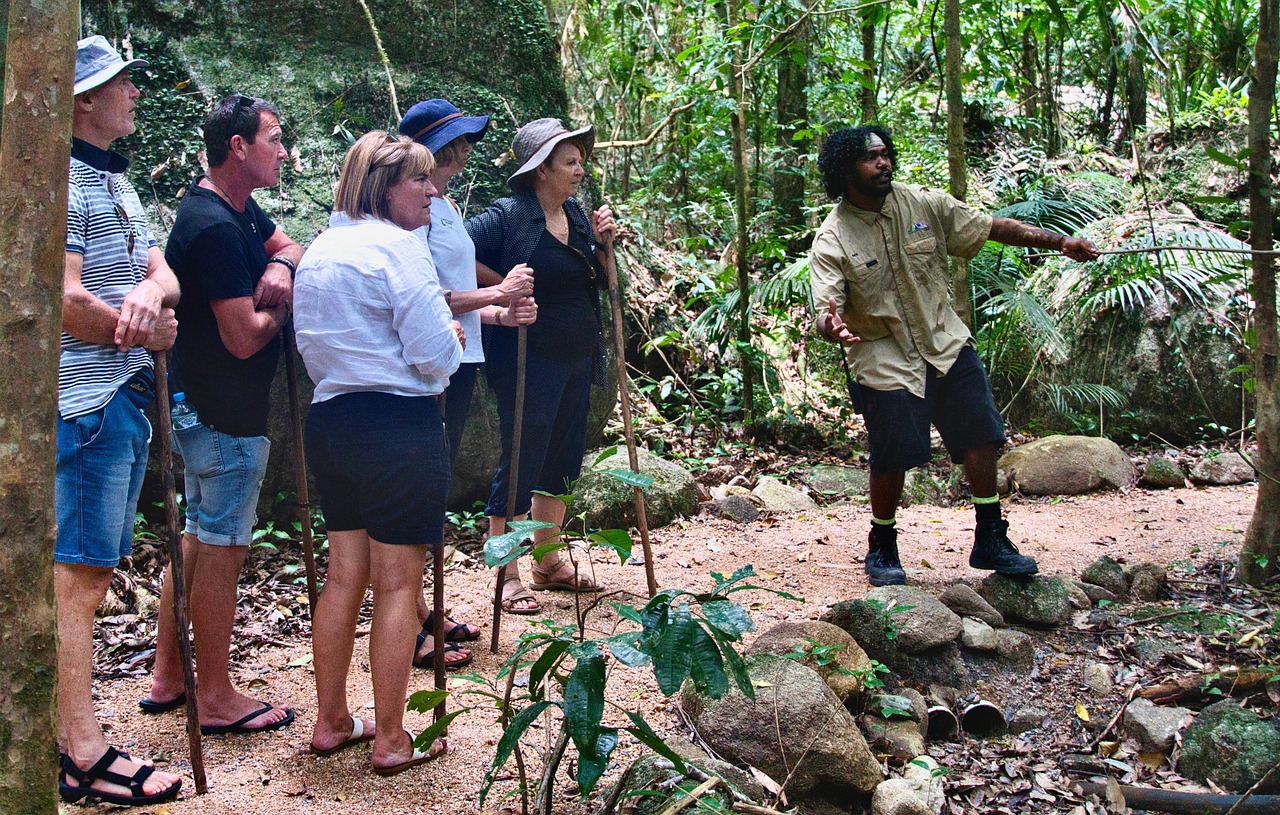Cutting down a pine tree requires careful planning and adherence to safety regulations. It is essential to assess the tree’s condition, understand local laws, and use appropriate tools and protective gear. This ensures not only personal safety but also compliance with environmental regulations.
Understanding Pine Trees and Their Importance

Pine trees are a common sight in many landscapes. They are valued for their timber, ecological benefits, and aesthetic appeal. These conifers can grow tall and strong, making them popular choices for landscaping and forestry. However, when a pine tree becomes hazardous due to disease, damage, or proximity to structures, it may need to be cut down.
Before proceeding with tree removal, it is crucial to understand the various safety concerns and regulations involved. This knowledge helps prevent accidents and ensures that the process adheres to legal requirements.
Safety Considerations When Cutting Down a Pine Tree
Safety should always be the top priority when cutting down a pine tree. There are several key factors to consider:
- Personal Protective Equipment (PPE): Always wear appropriate safety gear, including helmets, eye protection, gloves, and steel-toed boots.
- Tool Safety: Ensure all tools are in good working condition. Chainsaws should be well-maintained and equipped with safety features.
- Clear the Area: Remove any obstacles within the fall zone of the tree. This includes branches, debris, and nearby structures or vehicles.
- Assessing the Surroundings: Understand the tree’s lean and the direction of wind which could affect its fall.
The importance of these safety measures cannot be overstated. Proper preparation and precautions can significantly reduce the risk of injury or damage during the tree removal process.
Legal Regulations Governing Tree Removal
In many areas, specific regulations govern tree removal. These laws can vary significantly from one locality to another. Therefore, it is essential to research and comply with local guidelines before proceeding with any cutting activities.
Here are some common regulatory points to consider:
- Permits: Some municipalities require permits for cutting down trees, especially if they are located in protected zones or are of significant size.
- Protected Species: Certain species of trees may be protected under local laws. It is crucial to identify whether the pine tree falls into this category.
- Environmental Impact: Regulations may also address the ecological impact of tree removal. Understanding these aspects can help in making responsible decisions.
Key Factors to Evaluate Before Cutting Down a Pine Tree
Before deciding to cut down a pine tree, several factors should be evaluated:
| Factor | Considerations |
|---|---|
| Tree Health | Look for signs of disease or decay. |
| Location | Proximity to structures or power lines. |
| Size and Height | Determine if you have the tools and expertise for safe removal. |
| Surrounding Environment | Potential hazards from nearby trees or structures. |
These factors will not only guide your decision but also help ensure that the process is executed safely and legally. Taking the time to assess these elements can make a significant difference in the overall outcome of cutting down a pine tree.
Preparing for Tree Removal
Once you have assessed the tree and its surroundings, the next step is to prepare for the actual removal process. Preparation involves gathering the right tools, planning the cutting technique, and ensuring that all safety measures are in place.
Essential Tools for Cutting Down a Pine Tree
Having the right tools is crucial for a safe and efficient tree removal. Here are the essential tools you should consider:
- Chainsaw: A powerful chainsaw is necessary for cutting through the trunk. Ensure it is sharp and well-maintained.
- Safety Gear: Include a hard hat, face shield, ear protection, gloves, and steel-toed boots.
- Wedges: These are used to control the direction of the fall when cutting larger trees.
- Rope: A sturdy rope can help guide the tree’s fall or pull it away from structures if needed.
- Ladder: If the tree has low branches that need to be removed first, a ladder will provide access.
Make sure you familiarize yourself with each tool’s operation and safety features before starting your work. Proper tool handling can prevent accidents and injuries.
Planning the Cutting Technique
A well-thought-out cutting technique is essential for ensuring that the tree falls in the desired direction. This involves making specific cuts that dictate the tree’s fall path. There are various techniques to consider:
The Notch Cut Method
The notch cut method is commonly used for felling trees. It involves making a notch on the side of the tree facing the desired direction of fall. Here’s how it works:
- Determine the Direction: Identify which way you want the tree to fall.
- Create a Notch: Make a downward cut at a 45-degree angle, then a horizontal cut to complete the notch.
- Back Cut: Move to the opposite side of the notch to make a horizontal back cut slightly above the bottom of the notch.
This method helps guide the tree’s fall while reducing the risk of it splitting or going in an unintended direction.
Contingency Plans
It’s also essential to have contingency plans in place in case things do not go as expected. Consider potential hazards such as:
- Wind Direction: Be aware of wind conditions that may affect the tree’s fall.
- Nearby Structures: Ensure that there are no obstacles in the fall zone that could be damaged.
- Emergency Contacts: Have a plan for contacting emergency services if an injury occurs.
Being prepared for unforeseen circumstances can significantly enhance safety during the removal process.
Executing the Tree Removal
With preparation complete, it’s time to execute the tree removal. This stage requires focus and adherence to safety protocols. Here are some key steps to follow:
- Double-Check Safety Gear: Before starting, ensure that all safety equipment is worn properly.
- Clear Communication: If working with a team, establish clear signals or communication methods.
- Observe the Tree: Watch for any signs of instability as you begin cutting.
- Make Cuts Carefully: Follow your planned technique, making sure to remain aware of your surroundings.
- Retreat Safely: Once the tree begins to fall, move quickly to a safe distance while watching its path.
Executing these steps carefully will help ensure a safer and more efficient tree removal process. Prioritizing safety at every stage can protect both individuals involved and nearby property from potential harm.

Post-Removal Considerations

After successfully cutting down a pine tree, there are several important steps to follow. These steps not only ensure the area is safe but also assist in proper cleanup and disposal of the tree remnants. Each of these considerations plays a crucial role in maintaining the surrounding environment.
Debris Management
Once the tree has been felled, the next task is managing the debris. This includes branches, trunk sections, and any other materials that may have fallen during the process. Proper debris management can help prevent hazards and maintain a tidy landscape.
- Branch Removal: Cut branches into manageable pieces for easier handling. Consider using a chipper for smaller branches to create mulch.
- Trunk Sectioning: Cut the trunk into sections that are appropriate for disposal or further use, such as firewood.
- Disposal Options: Check local regulations for disposing of tree debris. Options may include municipal disposal, recycling, or composting.
Managing debris efficiently can reduce the risk of accidents and improve the overall appearance of the area.
Stump Removal
After removing the tree, you will be left with a stump. Stump removal can be approached in several ways, depending on your preferences and resources available:
- Manual Removal: For smaller stumps, you may choose to dig it out using a shovel and axe. This method requires considerable effort but can be rewarding.
- Stump Grinder: For larger stumps, renting a stump grinder may be more efficient. This machine grinds the stump down to below ground level.
- Chemical Solutions: There are chemical products that can accelerate the decomposition of a stump. This method takes time but requires less physical effort.
Choosing the right method for stump removal will depend on the size of the stump, your available equipment, and your long-term plans for the area.
Environmental Considerations
Tree removal can have significant environmental impacts. It is essential to consider these effects and take appropriate actions to mitigate them. Here are some factors to keep in mind:
- Wildlife Habitat: Pine trees often serve as habitats for various wildlife species. Before removal, consider how this may impact local fauna.
- Erosion Control: Trees help prevent soil erosion. After cutting down a tree, it may be necessary to implement erosion control measures.
- Replanting: Consider planting new trees or vegetation in the area to promote biodiversity and restore balance to the ecosystem.
Taking these environmental considerations into account can help ensure that your actions contribute positively to the ecosystem while minimizing negative impacts.
Legal and Regulatory Follow-Up
Once you have completed the tree removal process, it is essential to follow up on any legal or regulatory obligations. This may include:
- Permit Closure: If you obtained a permit for tree removal, ensure that you follow any requirements for closing or finalizing that permit.
- Reporting: In some areas, you may need to report tree removals, especially if it was part of a landscaping plan or involved protected species.
- Community Guidelines: Adhere to any community guidelines regarding tree removal to foster goodwill among neighbors and local authorities.
Following up on these legal aspects helps maintain compliance with local regulations and supports community standards.
Future Tree Care Practices

If you are planning to plant new trees or maintain existing ones in the area where you removed the pine tree, consider implementing good tree care practices. These practices can help ensure healthy growth in your landscape:
- Selecting Appropriate Species: Choose tree species that are well-suited to your local climate and soil conditions.
- Regular Maintenance: Implement regular watering, mulching, and pruning schedules to promote healthy development.
- Pest Management: Monitor for pests and diseases that may affect newly planted trees or surrounding vegetation.
By focusing on future tree care, you can help create a thriving environment that benefits both your property and the local ecosystem.
Additional Resources for Tree Cutting and Care
When undertaking the task of cutting down a pine tree, it is beneficial to have access to various resources. These can provide additional knowledge, tools, and support that can enhance your tree removal experience and ensure compliance with safety regulations.
Educational Materials
Consider utilizing educational materials such as books, guides, and online courses that focus on tree care and forestry practices. These resources can help deepen your understanding of tree biology and the ecological impact of tree removal.
- Books: Look for titles related to forestry or arboriculture that cover tree identification, care, and removal techniques.
- Online Courses: Many institutions offer courses on tree care, safety protocols, and equipment handling that can be very helpful.
- Webinars and Workshops: Participate in local workshops or webinars hosted by tree care professionals to gain hands-on knowledge.
Professional Services
If you are uncertain about cutting down a tree or the associated safety measures, hiring a professional tree removal service may be the best option. Professional arborists have the expertise and equipment to safely remove trees while minimizing risks. Here are some considerations when seeking professional services:
- Credentials: Ensure the service is licensed and insured. This protects you from liability in case of accidents.
- References: Ask for references or check online reviews to gauge their reputation and reliability.
- Free Estimates: Many companies provide free estimates. Use this opportunity to compare prices and services offered.
Maintaining Community Standards
Engaging with your community regarding tree removal can foster goodwill and promote environmental stewardship. Here are ways to maintain community standards:
- Community Involvement: Participate in local conservation efforts or neighborhood clean-up days to promote a healthy environment.
- Communication: Discuss your plans with neighbors, especially if the tree removal may impact shared spaces or views.
- Tree Replacement Programs: Support or participate in local initiatives aimed at replacing trees that have been removed.
Maintaining open lines of communication with your community helps create a supportive environment for responsible tree management.
Final Thoughts
Cutting down a pine tree is a significant task that requires careful consideration of safety, regulations, and environmental impact. By following the guidelines outlined in this guide, you can approach the project with confidence. Prioritizing safety, preparing adequately, and understanding legal requirements are essential steps in ensuring a successful and responsible tree removal process.
The journey does not end with the removal of the tree. Engaging in responsible post-removal practices such as debris management, stump removal, and future tree care can greatly enrich your landscape while contributing positively to the environment. Being aware of community standards and available resources will further enhance your efforts in maintaining a healthy ecosystem.
Ultimately, whether you choose to undertake the task yourself or hire a professional, being informed and prepared will lead to better outcomes for both your property and the surrounding environment. Embrace the opportunity to create a thriving space that supports nature while adhering to safety regulations and community values.
